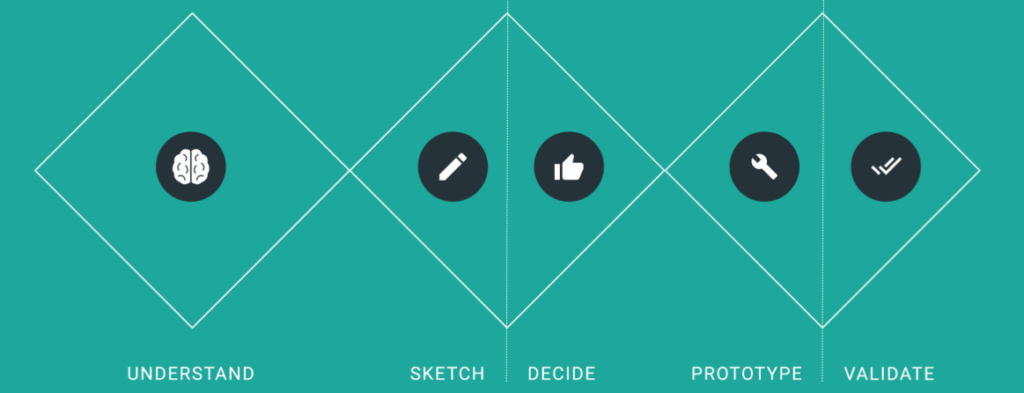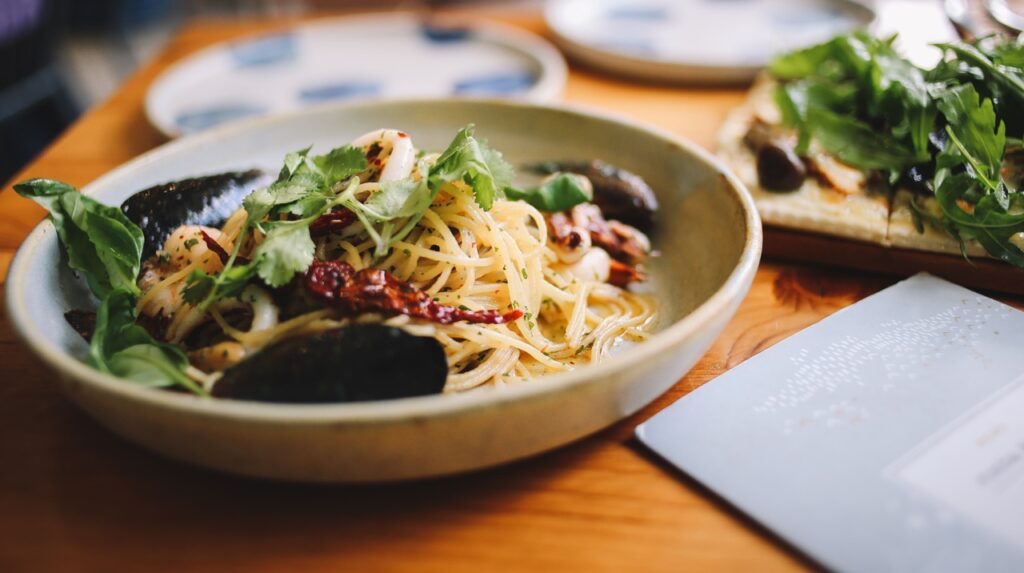Building a product out of a cool idea is easy, but convincing people to care is difficult. Then there are times when competitors beat you and launch a product much earlier while you are busy perfecting your masterpiece. An inventive way of lowering the market risk is starting with a minimum viable product (MVP), reducing years to months. However, the startup boom has posed a situation, where even a month is too long a wait. That’s where we run Design Sprints to achieve milestones, now how to do it in a week is interesting to know, let’s dig more.
Planning to ditch design sprint as yet another flashy term, WAIT!
Experts introduce new design terms every day, some stay while some disappear into oblivion. But, when a term gets the backing of the search giant Google, then everyone should take it seriously. The folks at Google evaluated over 300 different business strategy, design thinking, and user research methods, and blended the most effective ones to create the design sprint framework.
“Design Sprint is a five-day process for answering critical business questions through design, prototyping and testing ideas with customers.”
Sprints help teams in clearly defining goals, rapidly build prototypes, and gain learnings through user testing. This process has a place for innovation while encouraging user-centered thinking. It also promotes collaboration within the team to shorten product to market cycle.

5 days of design ways
Understand Problem on MONDAY – In this stage, the team comes together to explore the business problems from all angles. It’s more about the talk sessions where experts will talk about the business case, competitors, and user research.
Sketch Solutions on TUESDAY – Sketch the ideas and information on whiteboards for visual reference and inspiration later. The teams are given the time and space to brainstorm and come up with as many solutions as possible.
Decide the Best Solution on WEDNESDAY – This is the stage when teams have to take some hard decisions and collectively choose the best ideas that need to be prototyped. These ideas need to be turned into testable hypothesis and user stories.
Prototype on THURSDAY – Ideas sketched on whiteboards are turned into a quick and dirty prototype. It has the bare minimum features just good enough to show a potential user the exact flow of the experience. This prototype is an experiment to test out a hypothesis for gathering feedback.
Validate with users on FRIDAY – This stage is about observing the real users try out your prototype in real time, capturing their feedback and learning what’s working and what’s not.
What do you need for a successful design sprint run?
In a design sprint, you have only a few days to bring ideas to life and build prototypes for gathering useful feedback. Sprint works well if there’s a cross-functional team of product managers, UX designers, engineers and researchers working on the ideas generated during the sprint. As the time is limited, everyone has to act like designers, come up with creative ideas, and contribute to prototyping.
Sprints are also crucial in aligning the perspective of sprinters to find a testable solution where team collectively gain insights, generate ideas, propel innovation, and minimize wasted effort. For that, it’s necessary that all participants should have a free mind and no other work responsibilities.
Baby of Lean, how’s it different from MVP?
Unlike MVPs, these prototypes are not polished pieces but are realistic enough to communicate the ideas clearly and get feedback. Sometimes, you need to build multiple prototypes during a single design sprint to get feedback on various potential ideas. Realistic prototypes of design sprints help in finding out if the idea is good or not. You can validate idea much faster and with less effort than minimal prototypes.
Sounds familiar? It’s exactly like the design thinking approach
Did you get a deja vu while reading this article? It’s easy to get confused that design sprint is the old wine packaged in a new bottle. However, it’s different from design thinking, wanna know how?

Jonathan Courtney has explained it in the most simple way via his Pasta Theory. Design thinking is the cooking class where you learn about flavors, spices, how to perfectly chop vegetables, cook meat and make a sauce. You have taken a cooking class, but this doesn’t guarantee that you will make an awesome pasta. So, design sprint is your pasta recipe that guides you exactly which ingredients you will need, what to do and exactly when to do.
Cooking class is great to learn the philosophy of cooking, but recipe helps you in getting the things right. Similarly, design thinking is your toolkit for innovation and design sprint is the method for executing it. If you need help in empowering your teams with design thinking and implementing design sprints in your organization, Inkoniq would love to hear from you.
